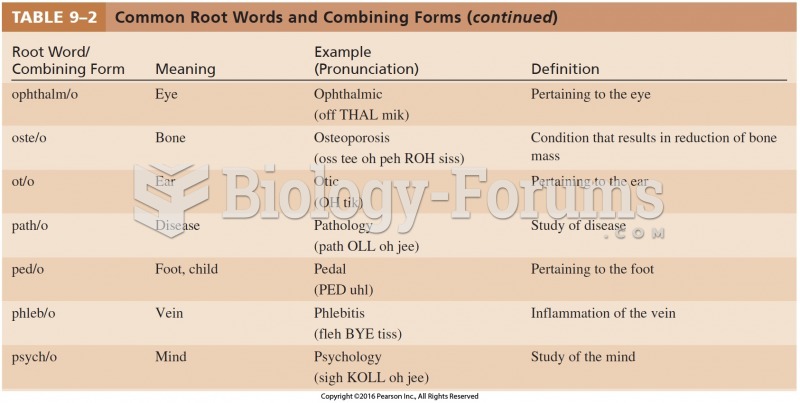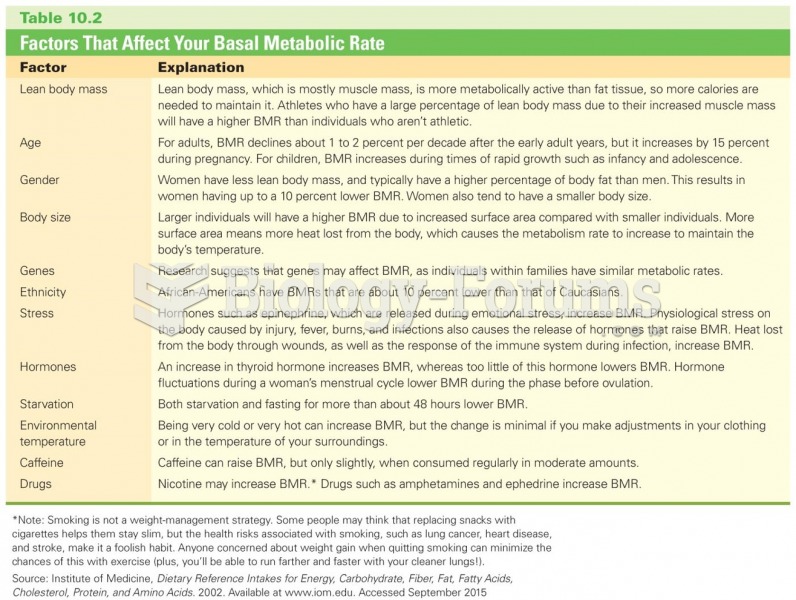Answer to Question 1
Answer: Studies indicate that clients' ratings of therapist warmth, empathy, and supportiveness predicted successful outcomes. Several studies have found that the actual therapeutic procedures differ during therapy, but the outcomes do not. One possible explanation for this is that while it may appear that psychotherapies are different, the most significant therapeutic factors may be the same. Clients rate their personal relationship with their therapists as the single most important aspect of both behavior therapy and psychodynamic psychotherapy. A therapist's supportiveness is related to positive outcomes across various approaches to treatment. It could be that no matter what the actual therapeutic procedures, the heart of the therapeutic endeavor is the relationship between client and therapist. Another possible common factor is that therapies all involve an element of social persuasion. No matter what the procedures, it is implied, by the therapist, that the client should behave and feel differently. Frank has defined psychotherapy as involving (1) a trained, socially sanctioned healer, whose healing powers are accepted by the sufferer and by his social group or an important segment of it, (2) a sufferer who seeks relief from the healer, (3) a circumscribed, more-or-less structured series of contacts between the healer and the sufferer, through which the healer, often with the aid of a group, tries to produce certain changes in the sufferer's emotional state, attitudes, and behavior. There is research evidence that the attitudes and beliefs of the client do begin to match those of the therapist as the therapy progresses. Knowing about common factors is important to help us to understand why many studies, like the Consumer Reports study, often do not show much difference in effectiveness among various treatment approaches. These common factors can also help us to understand why psychotherapy usually works.
Answer to Question 2
Answer: Consumer Reports surveyed nearly 3,000 respondents who had seen a mental health professional in the past three years. These respondents were generally satisfied with the treatment. For example, of those who were feeling very poorly at the beginning of treatment, 87 percent were feeling very good, good, or at least so-so when they were surveyed. The survey found that psychologists, psychiatrists, and social workers were essentially equal in treatment effectiveness. People who had received psychotherapy alone reported similar outcomes as those who had received psychotherapy plus medication.







